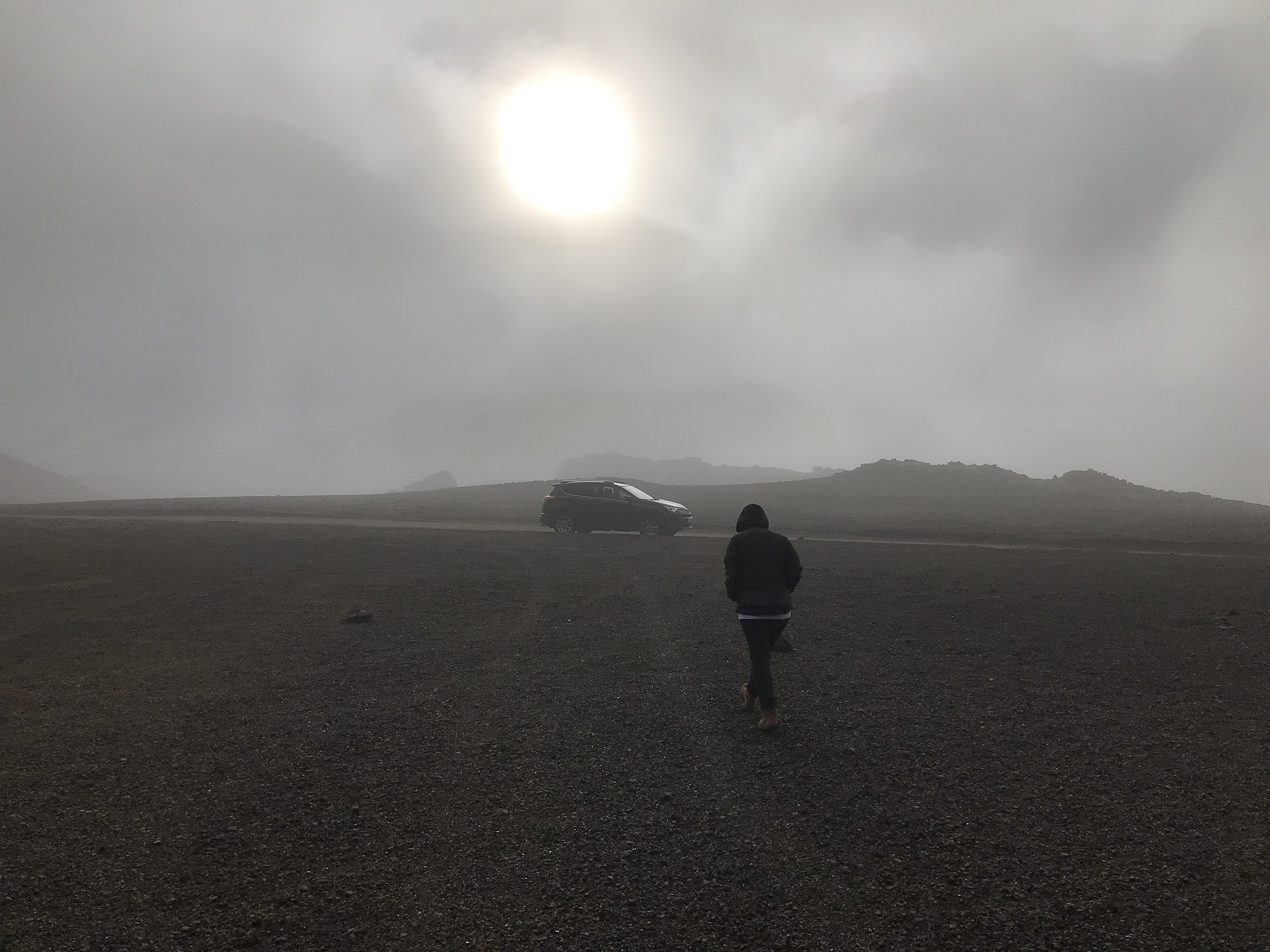I’ve been consulting research libraries on software decisions on behalf of commercial vendors since 2010. Last summer, I decided to go out on my own. During that 9 year period, I learned that as consultants, when asked for our advice or opinion on a topic, there are certain biases and predispositions that guide our decisions on what to recommend, to which type of organization, and at what point during the engagement. When working for a commercial vendor, the calculus on this is straightforward: do what is in the best interest of the employer, which at times presents conflicts of judgment, albeit less often than people think. But as an independent consultant, there’s an opportunity to develop our own orientation separate and apart of any organization’s mission.
Recently, I’ve been thinking a lot about diversity hiring and the impact it has on an organization’s goals. I’ve been fortunate to build relationships with many academic library leaders in recent years, and have finally found the distance from my day-to-day work required to synthesize everything I’m learning. To that end, I’m dusting off my blog and using it as a space to create dialogue with new leaders seeking a thought partner at the intersection of technology, diversity, and organizational development within the information profession. This is a personal space to gather thoughts, develop ideas, and flesh our dialogues in an environment that isn’t subject to the microwave thinking social media mandates. I plan to take time to write thoughtfully, but also reserve the right to post ideas and takes that are admittedly underdeveloped.
As the first of a more regular cadence of posts beginning this year, I wanted to start with some personal background that will help orient readers to some of my point of view as a consultant. From time to time in discussion, I may refer people back to this post as a disclaimer of sorts.
The analogy most natural for me to communicate my orientation as a consultant is a map with its axes. Running north to south, we have technology; and east to west, society. This post will clarify my positions at this critical intersection of technology and society that is shaping the way we interact with each other, especially in the workplace.
My longitude: Living and working as a Black man in America
Background
It is becoming more widely-understood that Black people occupy a unique space in society. While I don’t count myself as a scholar on the issues of race, identity, and society, reading the work of these scholars, coupled with the experiences of navigating a society that was not designed for me, has grounded my perspective.
I’ve had white colleagues ask me why do I think about race all the time. I usually laugh and answer them with grace when I discern a genuine inquiry. I explain how it doesn’t begin that way, and how I’ve observed this through my children. I usually don’t speak on behalf of the 40M plus black Americans, because we represent so many different backgrounds and worldviews, and aren’t monolithic. But in these cases, I do.
I explain,
“Typically, we wake up with the same desires and motives you, a white person has. It’s not until we come into contact with some well-integrated part of society that reminds us of our otherness. Continue this for any substantial amount of time and we become conditioned to view the world through a “racial lens” because you can only try to go and buy a burger so many times and notice that you are treated differently than a white person next to you. You can only try to buy a house, or apply for a job, or even more mundane things like drive your car, have a BBQ, buy something from the store, etc… without someone reminding you that you’re lesser than.”
With regard to the workplace, I’ve had to work twice as hard for half of what some of my white colleagues have received. This has created a resolve and thickness of skin that prevents me from getting offended by certain claims and remarks. For example, the claim that black people move into spaces that have been traditionally exclusively white solely due to affirmative action and being non-white, as opposed to actually deserving it. (See this stereotype at play here, here, and most recently in academia here). I’ve come to understand that this is a common experience among Black professionals and that this is a feature of American society, not a bug.
Having to work 70 hours a week to disprove propagandistic stereotypes around laziness and entitlement, plus skip bro-culture/college 2.0 happy hours due to familial duties has been the rule, not the exception. Ask anyone who knows me. This isn’t because I don’t understand the importance of building camaraderie with colleagues, or don’t enjoy having a drink. This is due to a familial and cultural responsibility that is typical among black and brown communities. Having to also take care of parents, in-laws, and multiple generations of family is a feature for black and brown communities. Many scholars have written about the historic, systematic forces at play that caused generation X and Y minorities to be the first in their families to successfully break the poverty cycle and achieve upward mobility.
Now firstly, please don’t take what I’m saying out of context with a TV-dinner-of-an-analysis. This isn’t your typical pop culture, sweeping generalization of patriarchy. After all, I’m a man, and a father, who has profound respect for my father and the role he (and we) play in the lives of our children. So I draw a distinction between patriarchy and white patriarchy. For example, my father’s single, most-adored person in the world is his mother. He remained one of her best friends until she passed at 98 years old. He taught my brothers and I the same respect and adoration for our mother that he had, and I pass the same down to my children as well. This is a unique trait of the Black community because of the historic separation of black fathers from their families in America dating back to slavery, leaving young black boys (and girls) with a single mother to raise them.
Secondly, this isn’t an ad hominem attack of white people, but instead a specific argument against “white supremacy” – a position, culture and worldview that is currently being exposed for its detrimental role in society. This is also a view which has to be surgically addressed in order not to throw the baby out with the bath water.
Since early childhood, with Mrs. Morgan in First Grade, I have had genuine, stand-the-test-of-time, mutually beneficial relationships with white people, many of whom have played a role in helping me and my family above and beyond what is rationally expected. In fact, each of the career advancements I’ve had has been the decision of white men and women, and the only time I’ve ever been fired from a job, was from a black manager.
So, I hold a more nuanced view towards issues of race and how they affect our relationships inside and outside of the workplace. This is the lens I approach my work in an industry that is 87% White, 81% female.
Summary
In the context of consulting, this part of my orientation manifests in discussions around diversity, equity and inclusion, recruitment and retention, supplier diversity, succession planning, and other related areas. I believe that library leaders have an opportunity proactively develop organizations that reflect the communities they serve, in order to ensure that no patron who patronizes their services feels underrepresented. For example, what representative looks like at Gonzaga University, where the geographic population is 87% White, and the student population is 71% White, is different than Howard University, where the geographic population is 47% Black, and the student population is 95% Black. This representation should be felt in the collections they develop, the user experiences they design, the services and programming they schedule, the suppliers they contract with, and the people they hire.
My latitude: A millennial who started their career in Silicon Valley at the dawn of Twitter’s political impact
Background
So where does technology fit into my orientation? Well, i’m a staunch believer in the power of technology. My professional career began in the epicenter of technological innovation in the 21st century: Menlo Park, California – home to Facebook, Sun Microsystems, and hundreds of other industry-leading software and hardware companies over the past 30 years. No matter the industry or geography, the whole world has been impacted with innovations coming from this 180 mile (466km) region. Every cafe and coffee shop you go to has someone on a laptop, building an app, or designing a pitch deck. Everyone is optimistic about their ability to use technology to solve a problem, or grow their organizations.
Having started three tech startups throughout my career, I bring the same optimism to clients who are working to understand the future of their organizations. Because tech has transformed virtually every process and workflow within our organizations, this optimism, coupled with a knowledge of the systems market in and around LIS, informs the recommendations and prescriptions I offer to library leadership teams.
I’ve worked with some of the largest research libraries across 30 countries, analyzing and making cost and functionality recommendations for both streamlined, single-vendor systems environments, and complex, multi-vendor systems environments. I have immense respect of the open source community and understand the ways to measure viability of open source initiatives. But I also have experience working with these communities (most recently FOLIO), in order to understand the types of organizations that can thrive in an open source community, versus ones who need a strong vendor partner to help them navigate the various dependencies that come along with community-developed software.
Staffing and change management implications play a role in software decisions as well, and the past 18 months of my work has been focused on how staffing plans play into software decisions.
Summary
When it comes to my consulting orientation, my bias is that technology will make an impact on organizational development and strategic planning decisions, it’s simply a matter of when. I help my clients understand what these implications are in advance in order to be proactive and maintain control of the outcomes that software decisions create. There’s nothing worse than implementing a solution that makes certain roles obsolete, creating tension within your organization’s culture, which places unnecessary pressure on managers. I work with clients to identify the right vendor partner for their organization, and to understand the second and third order implications (consequences or rewards) of partnering with a particular vendor.
If you are preparing to purchase a large library system, are undergoing a strategic planning process that will rely on technology, or are going through a major re-organization in light of a recent leadership change, don’t hesitate to reach out. Always happy to connect in real life or virtually.
Acknowledgments: Thanks to Matt Candler, Aaron Walker and K. Matthew Dames for helping shape my thinking over the years.





